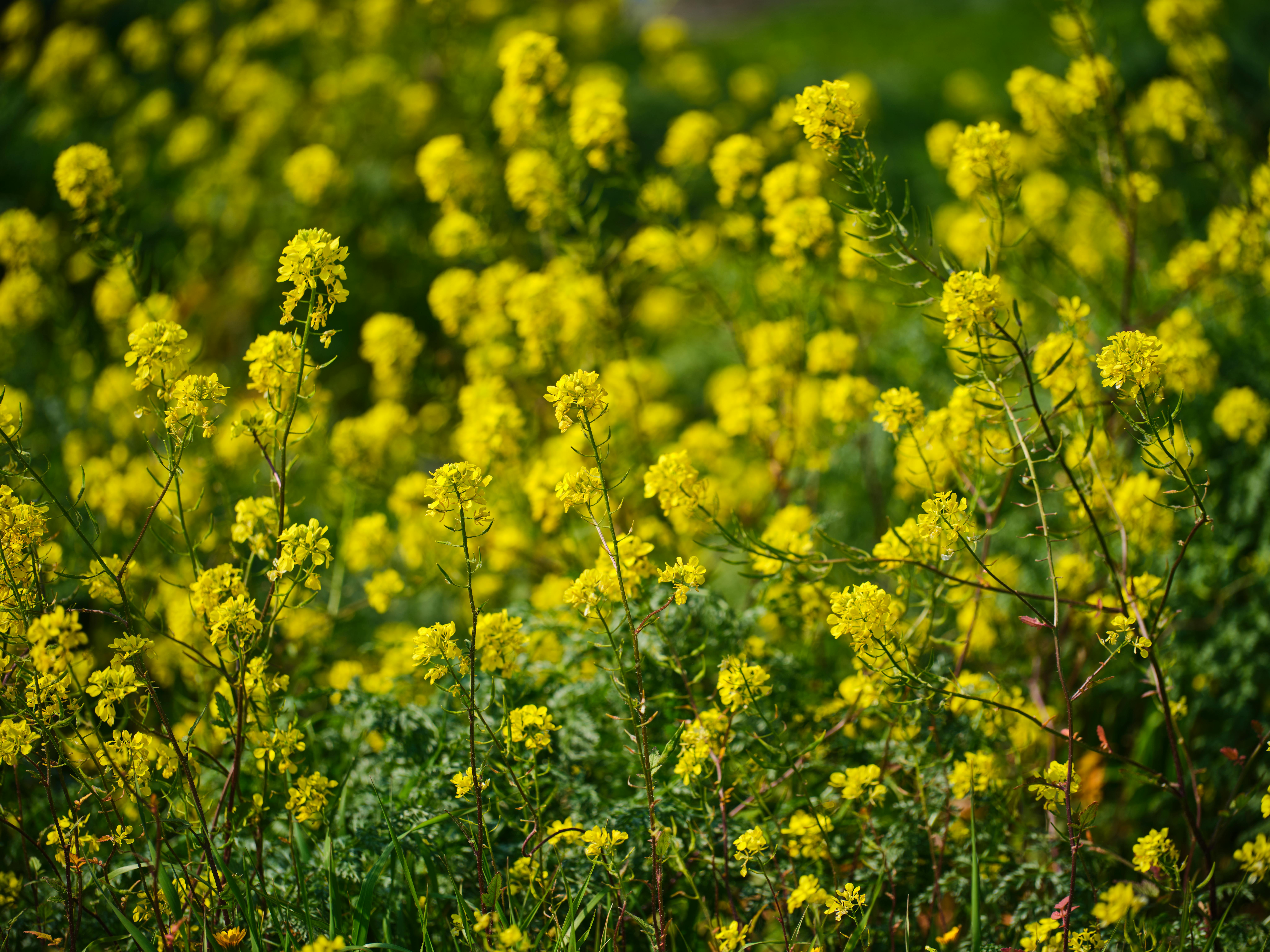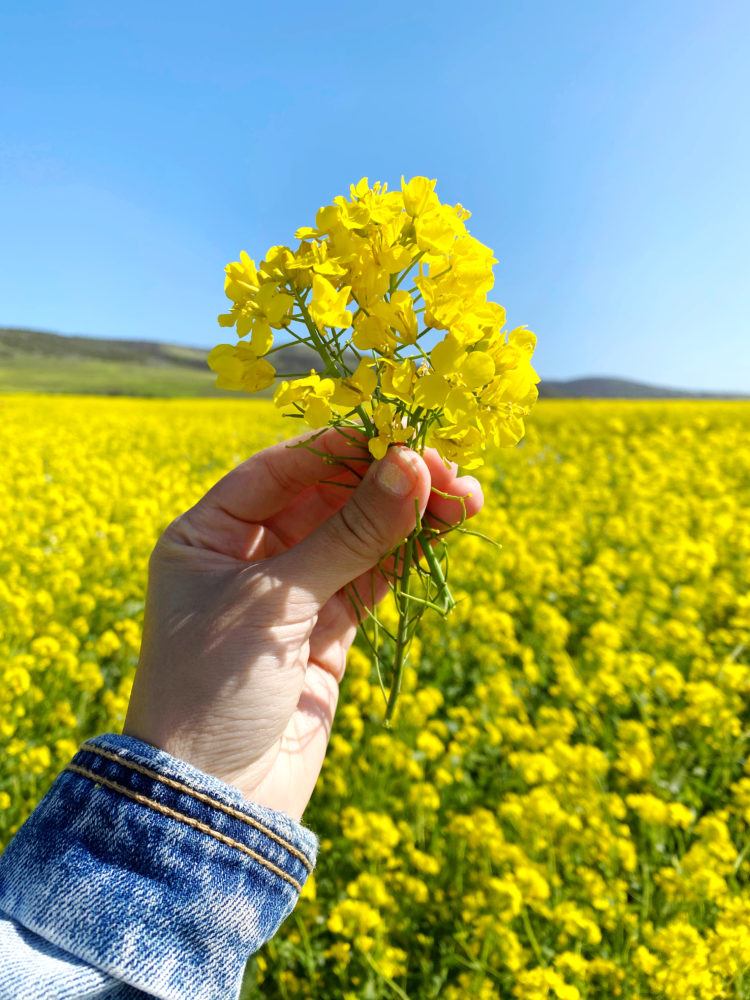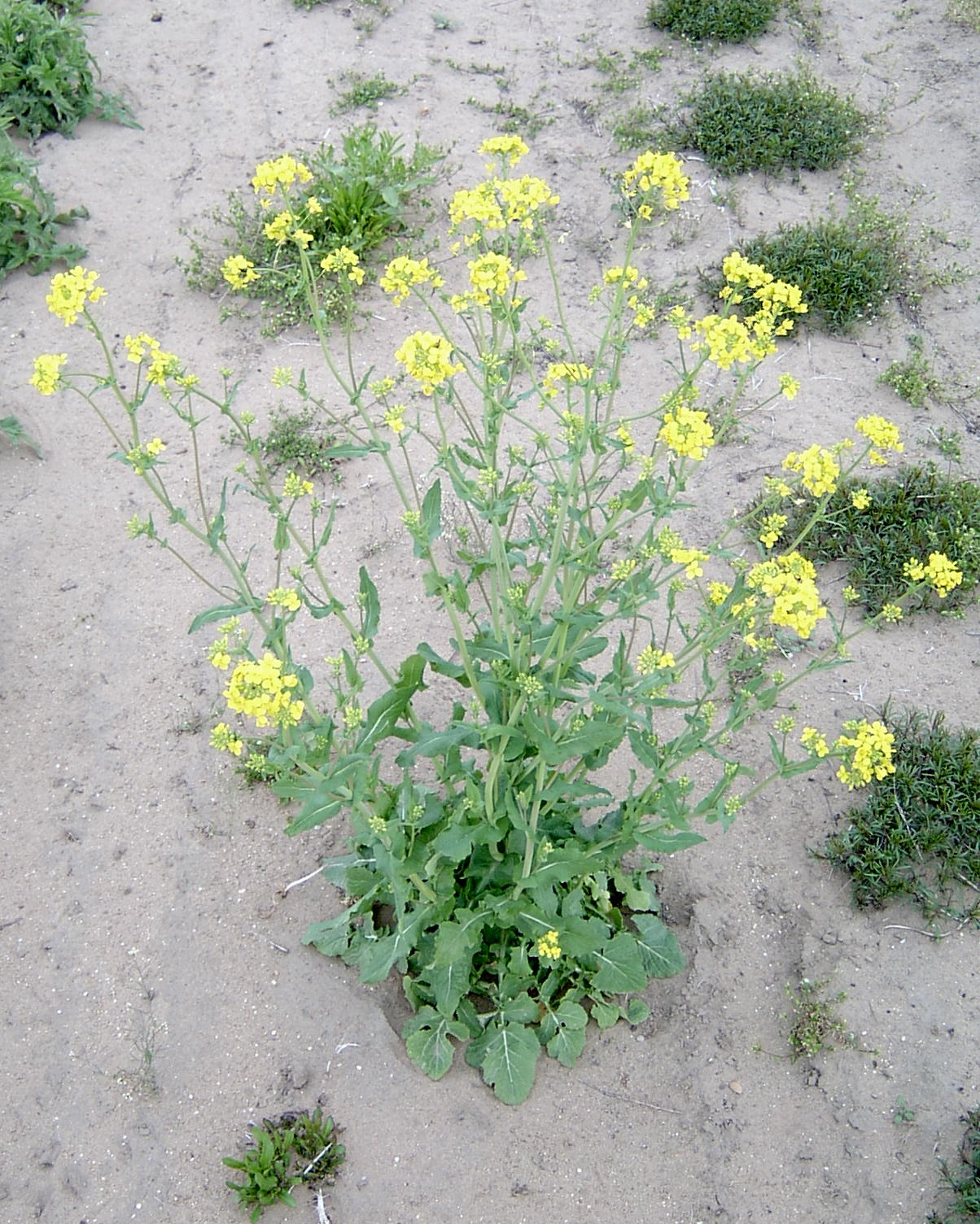The Wild Mustard Superbloom: A Natural Wonder To Behold
The Wild Mustard Superbloom: A Natural Wonder to Behold
The wild mustard superbloom is a natural phenomenon that occurs when a large number of wild mustard plants bloom in a concentrated area. This can happen in any region where wild mustard is native, but it is most common in California.
The most recent wild mustard superbloom in California occurred in 2023. The wet winter that year led to ideal conditions for wild mustard growth, and the plants quickly spread across the state. By the spring, vast swaths of California were covered in a sea of yellow flowers.
The wild mustard superbloom is a truly awe-inspiring sight. The fields of yellow flowers are so dense that they can seem to stretch on forever. The blooms are also a magnet for pollinators, and the air is filled with the buzzing of bees and butterflies.
In addition to being beautiful, the wild mustard superbloom also has some ecological benefits. The plants provide food and habitat for a variety of wildlife, and they help to improve air quality by absorbing pollutants.
However, the wild mustard superbloom can also have some negative impacts. The plants can be invasive, and they can crowd out native vegetation. They can also be a fire hazard, as their tall stalks can act as fire ladders.
Overall, the wild mustard superbloom is a natural wonder that is both beautiful and beneficial. It is important to appreciate the spectacle while also being aware of the potential risks.
Main Content
- What is wild mustard?
Wild mustard is a type of flowering plant that is native to Europe and Asia. It was introduced to North America in the early 1800s and has since spread widely. Wild mustard is a member of the Brassicaceae family, which also includes broccoli, cabbage, and cauliflower.
- What causes a wild mustard superbloom?
A wild mustard superbloom occurs when there is an abundance of rain and sunshine. These conditions create an ideal environment for wild mustard growth. The plants can grow quickly and easily, and they can quickly cover large areas.
- Where does the wild mustard superbloom occur?
The wild mustard superbloom can occur in any region where wild mustard is native. However, it is most common in California. This is because California has a Mediterranean climate, which is characterized by wet winters and dry summers. These conditions are ideal for wild mustard growth.
- What are the benefits of the wild mustard superbloom?
The wild mustard superbloom has a number of benefits. First, it is a beautiful sight to behold. The fields of yellow flowers are a stunning sight, and they can attract tourists from all over the world.
Second, the wild mustard superbloom provides food and habitat for a variety of wildlife. Bees, butterflies, and other insects are attracted to the flowers, and they help to pollinate other plants. The plants also provide food for birds and other animals.
Third, the wild mustard superbloom helps to improve air quality. The plants absorb pollutants from the air, and they help to clean the air.
- What are the risks of the wild mustard superbloom?
The wild mustard superbloom also has some risks. First, the plants can be invasive. Wild mustard can quickly spread and crowd out native vegetation. This can have a negative impact on the ecosystem.
Second, the wild mustard superbloom can be a fire hazard. The plants' tall stalks can act as fire ladders, and they can quickly spread fires. This is a particular concern in California, which is a state that is prone to wildfires.
- How can we manage the wild mustard superbloom?
There are a number of ways to manage the wild mustard superbloom. One way is to control the spread of the plants. This can be done by mowing or spraying the plants with herbicides.
Another way to manage the wild mustard superbloom is to promote the growth of native vegetation. This can be done by planting native plants in areas that are prone to wild mustard growth.
Finally, we can educate the public about the wild mustard superbloom and the risks and benefits associated with it. This can help people to make informed decisions about how to manage the bloom.
Conclusion
The wild mustard superbloom is a natural phenomenon that can be both beautiful and beneficial. It is important to appreciate the spectacle while also being aware of the potential risks. By working together, we can manage the wild mustard superbloom and ensure that it continues to be a wonder to behold.
Wild mustard is a common wildflower that can be found in many parts of the world. It is a member of the mustard family and has bright yellow flowers that bloom in the spring and summer. Wild mustard is edible and can be used in salads, cooked dishes, and even as a mustard substitute. It is also a good source of vitamins and minerals, including vitamin C, potassium, and calcium.
If you are interested in learning more about wild mustard, I recommend visiting Garden Wiki. This website has a wealth of information about wild mustard, including its history, uses, and identification. You can also find recipes and tips for using wild mustard in your own cooking.
FAQ of wild mustard
1. What is wild mustard?
Wild mustard is a type of flowering plant in the mustard family. It is native to Europe, Asia, and North Africa, but it has been introduced to other parts of the world, including North America. Wild mustard is a fast-growing plant that can reach a height of up to 3 feet. It has yellow flowers and pointed leaves. The leaves and seeds of wild mustard are edible.
2. What are the health benefits of wild mustard?
Wild mustard is a good source of vitamins A, C, and K. It also contains minerals such as calcium, iron, and magnesium. Wild mustard has been shown to have anti-inflammatory, antioxidant, and antibacterial properties. It may also help to lower blood pressure and cholesterol levels.
3. How can I identify wild mustard?
Wild mustard can be identified by its yellow flowers and pointed leaves. The leaves are often arranged in a rosette at the base of the plant. The flowers are small and clustered together in a raceme. Wild mustard can be distinguished from other mustard species by its smooth, hairless leaves.
4. How can I harvest wild mustard?
Wild mustard can be harvested when the leaves are young and tender. The leaves can be eaten raw or cooked. The seeds can also be harvested and used in cooking. To harvest wild mustard, simply cut the leaves or seeds from the plant. Be sure to wash the leaves or seeds thoroughly before eating them.
5. How can I prevent wild mustard from spreading?
Wild mustard can spread quickly by seed. To prevent wild mustard from spreading, you can remove the plants from your garden before they flower and produce seeds. You can also smother the plants with a tarp or cardboard. If the wild mustard has already spread, you can control it with herbicides. However, be sure to use herbicides carefully and only when necessary, as they can harm other plants in your garden.
Image of wild mustard
- A close-up of a wild mustard flower. The flower is yellow with four petals and a dark center.

- A field of wild mustard flowers in bloom. The flowers are yellow and cover the ground in a blanket of color.

- A wild mustard plant with its leaves and flowers. The leaves are green and have a serrated edge. The flowers are yellow and have four petals.

- A wild mustard seed pod. The seed pod is brown and has a long, thin beak.

- A wild mustard plant growing in a ditch. The plant is covered in yellow flowers.

Post a Comment for "The Wild Mustard Superbloom: A Natural Wonder To Behold"